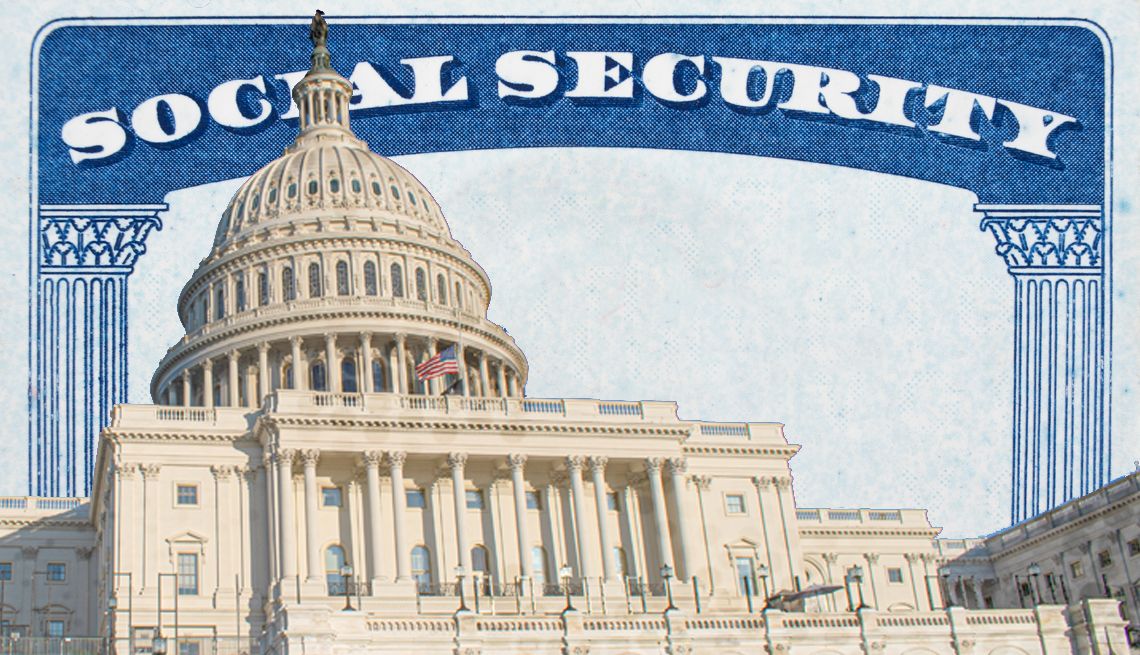AARP Eye Center
- right_container
- Health
- Money
- Work & Jobs
- Advocacy
- Social Security
- Medicare
- Caregiving
- Games
- Travel
- More...
- Entertainment & Style
- Family & Relationships
- Personal Tech
- Home & Living
- Auto
- Staying Sharp
- Podcasts
- Videos
Riverside Park and Ralph Mitchell Zoo
Zoo History:
Ralph Mitchell Zoo, named after one-time mayor and long-time Park Board Chairman Ralph Mitchell, has been the top drawing card of Riverside Park since the zoo's origin in 1925. Like many U.S. zoos, development took a major jump in the 1930's assisted by WPA labor with the addition of a new monkey house, swan pool, and one of the first monkey island (1932) in the U.S. The zoo today covers over half of the park's 106 acres. Although the size is large, the number of animal specimens is limited to roughly 200, taking advantage of the spacious design of the hoofed animal areas.
The theme of wide open spaces for both animal and public prevails. At one time the zoo boasted a collection of lions, leopards, pumas, and crocodilians, a time when meat was the cheapest food available and federal restrictions were few. Today the zoo features a greater variety of animals, many are small and most are grazers. All are compatible with the Kansas climate and with the zoo's limited budget.
Zoos are important. The modern zoo is a living book. Animals of other parts of the world seen only in pictures can be seen, heard, smelled, and sometimes touched. Even common animals seen in the wild can be observed at close range with graphics, signs, or tour guides pointing out individual identifying characteristics.
Largest of all animals ever residing at Ralph Mitchell zoo was Susie the elephant, obtained in 1956 at the age of 4. She moved on to Portland, Oregon in 1974, being replaced by Lois, another 4 year old.
AARP Events for Lebanon
-
A Low-Impact Cardio & Strengthening Workout
Thursday, Mar 13, 2025 at 11:00 a.m. ET
Zoom
Online Event
-
Irish Fling: A St. Patrick's Day Celebration
Thursday, Mar 13, 2025 at 2:00 p.m. ET
Prairie Bluff Public Golf Club
Hybrid (Attend Online or In-Person)
-
Spotting Cancer Symptoms: Women’s Health Event
Thursday, Mar 13, 2025 at 2:00 p.m. ET
Zoom
Online Event

New Pricing Coming in 2025.
This is AARP's first rate increase in 15 years.
Don't miss out, join today and save!

















)


















.jpg?crop=true&anchor=13,195&q=80&color=ffffffff&u=lywnjt&w=2008&h=1154)




























